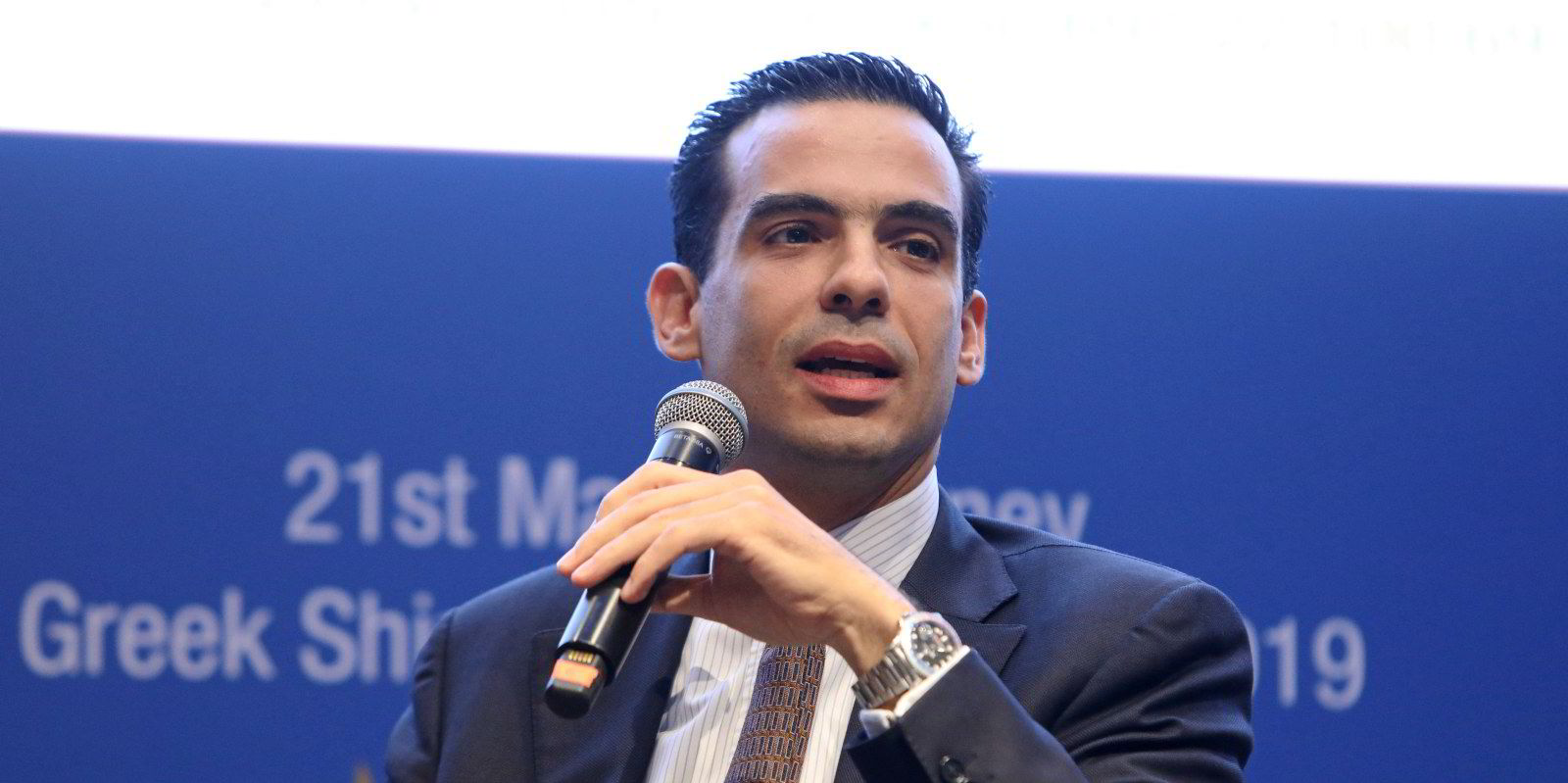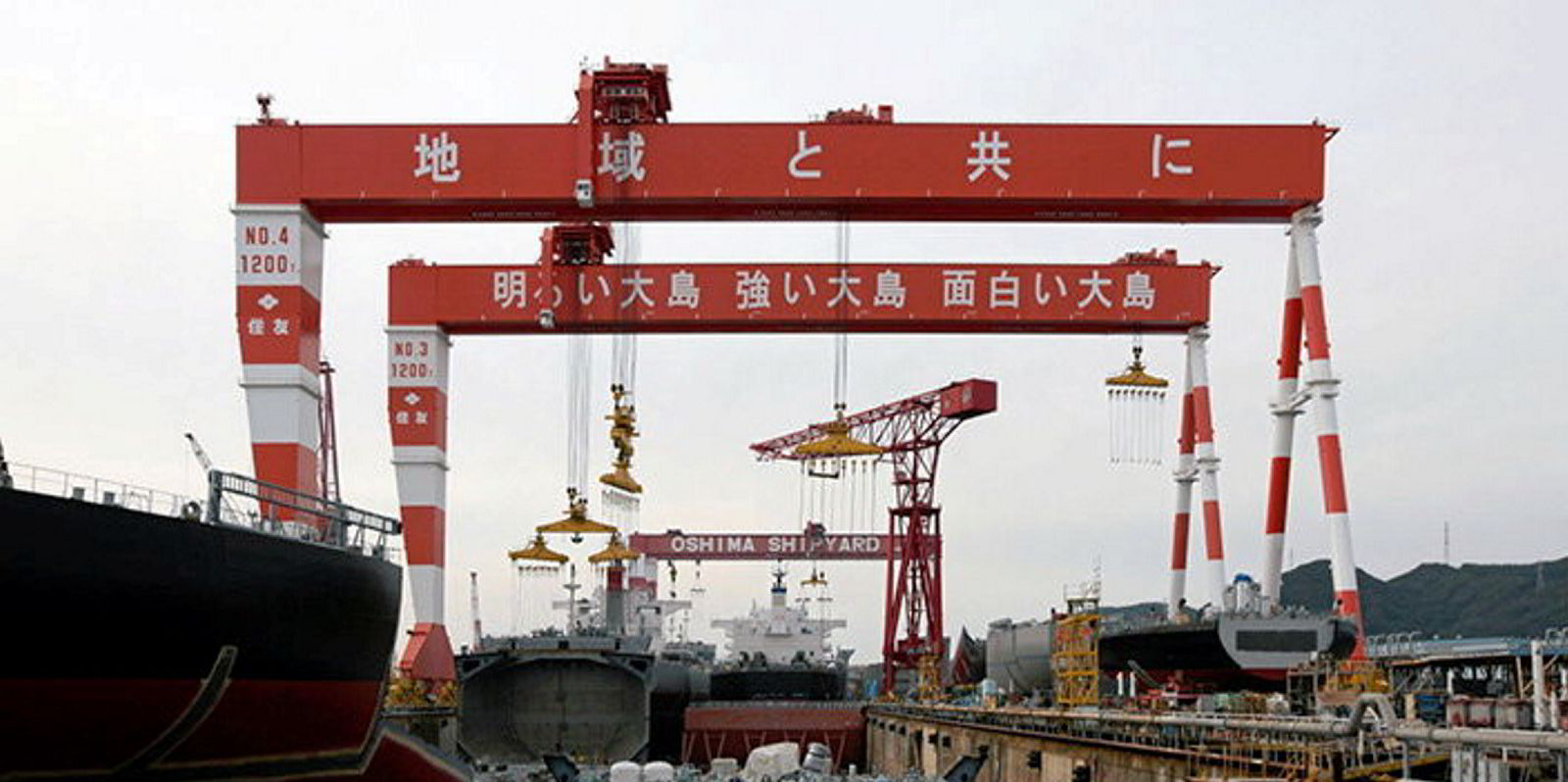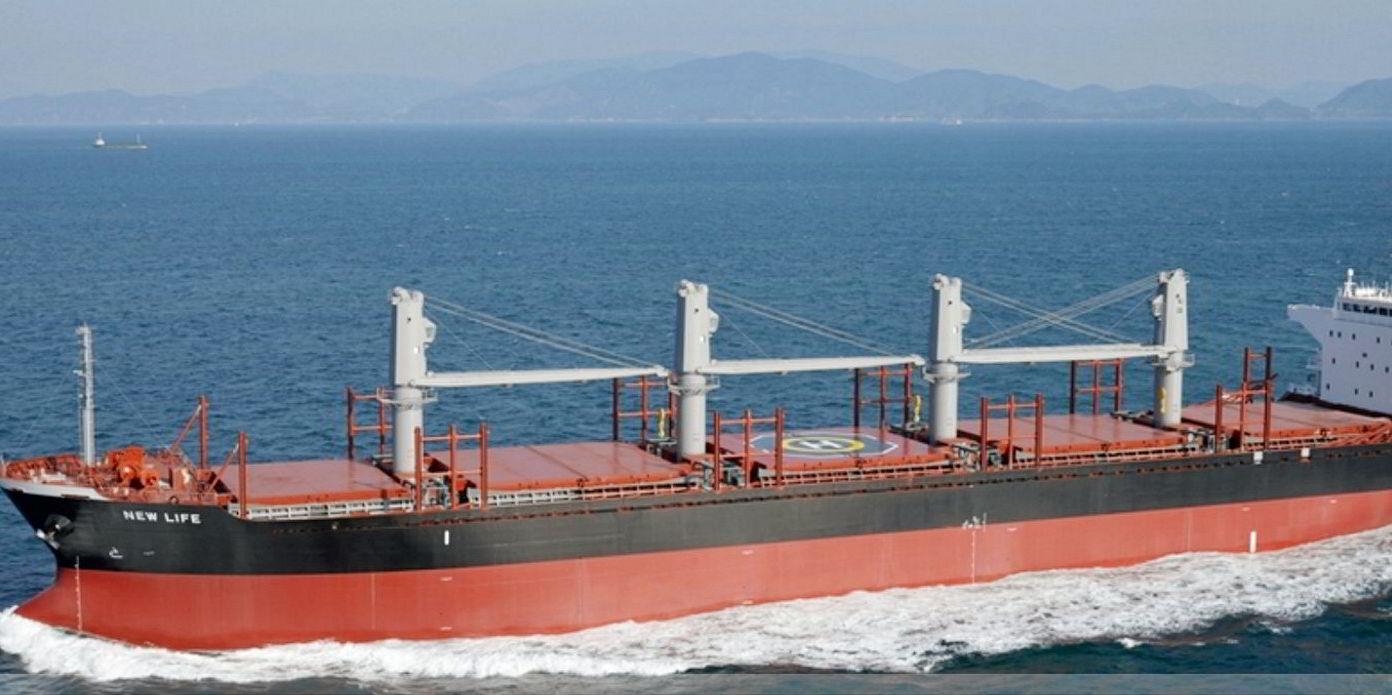Oshima Shipbuilding did not want to have anything to do with Greek shipowners for decades.
However, since changing policy nearly three years ago, the Japanese yard can not get enough of them.
Alassia NewShips Management has become the latest Hellenic outfit to sign newbuilding contracts at the Japanese yard, booking a pair of 64,000-dwt ultramaxes and one 82,000-dwt kamsarmax.
“The decision was very much driven by the fact that we secured early delivery positions,” Alassia managing director Basil Sakellis told TradeWinds.
The pair of ultramaxes is due for completion impressively soon — in just about a year from now, during the second half of 2024.
Alassia has already decided on a name for them and they will be trading as the Cymona Eagle and Cymona Falcon.
The kamsarmax is scheduled for delivery within 2025.
Sakellis did not reveal any pricing details.
Couldn’t wait any longer
Alassia last ordered newbuildings 10 years ago. The company has since refrained from inking new tonnage while waiting for the debate about future low-carbon fuels and propulsion systems to settle.
However, as solutions fail to emerge, Alassia opted to go with what it considers to be the best available transitional technology.
“We decided we should not be waiting any longer and ordered newbuildings at the best possible yards, with the best possible consumption and Tier III [NOx], Phase 3 [IMO EEXI] specifications,” Sakellis said.
The Greek manager expressed confidence that such vessels will help his company “comfortably” bridge the gap until low and zero-carbon options mature.
Nicolas Hajioannou-led Alassia has 10 bulkers in the water with an average age of about 11 years: one capesize and nine panamaxes or kamsarmaxes.
Kamsarmaxes and post-panamaxes are the bread and butter of the Hajioannou shipping family, including Polys Hajioannou of US-listed Safe Bulkers.
Alassia’s decision to invest for the first time in geared ultramaxes reflects the company’s preference to diversify across the entire dry bulk spectrum.
Until a couple of years ago, Alassia managed a pair of handysize vessels, which the company sold to focus on bigger tonnage.
However, it now does not rule out returning to handysizes again.
Any new addition, either through newbuildings or secondhand ships, would concern modern tonnage.
“Our strategy at this time is to upgrade the existing fleet as much as possible with energy-saving devices and other means, as well as to find secondhand vessels as modern as possible, eco with electronic main engines,” Sakellis said.
In the family
Safe Bulkers was one of the first Greek companies that Oshima concluded newbuildings with after its Greek return.
Therefore, it is not surprising that the Japanese yard turned to Alassia, a separate Hajioannou family company, when more newbuilding slots became available.
The Japanese yard is known to be looking to fill additional capacity after acquiring Mitsubishi Heavy Industries’ former Koyagi Shipyard last year.
This year alone, it has won Greek contracts from Latsco Shipping, Alberta Shipmanagement, Meadway Shipping and Sea Pioneer Shipping.





